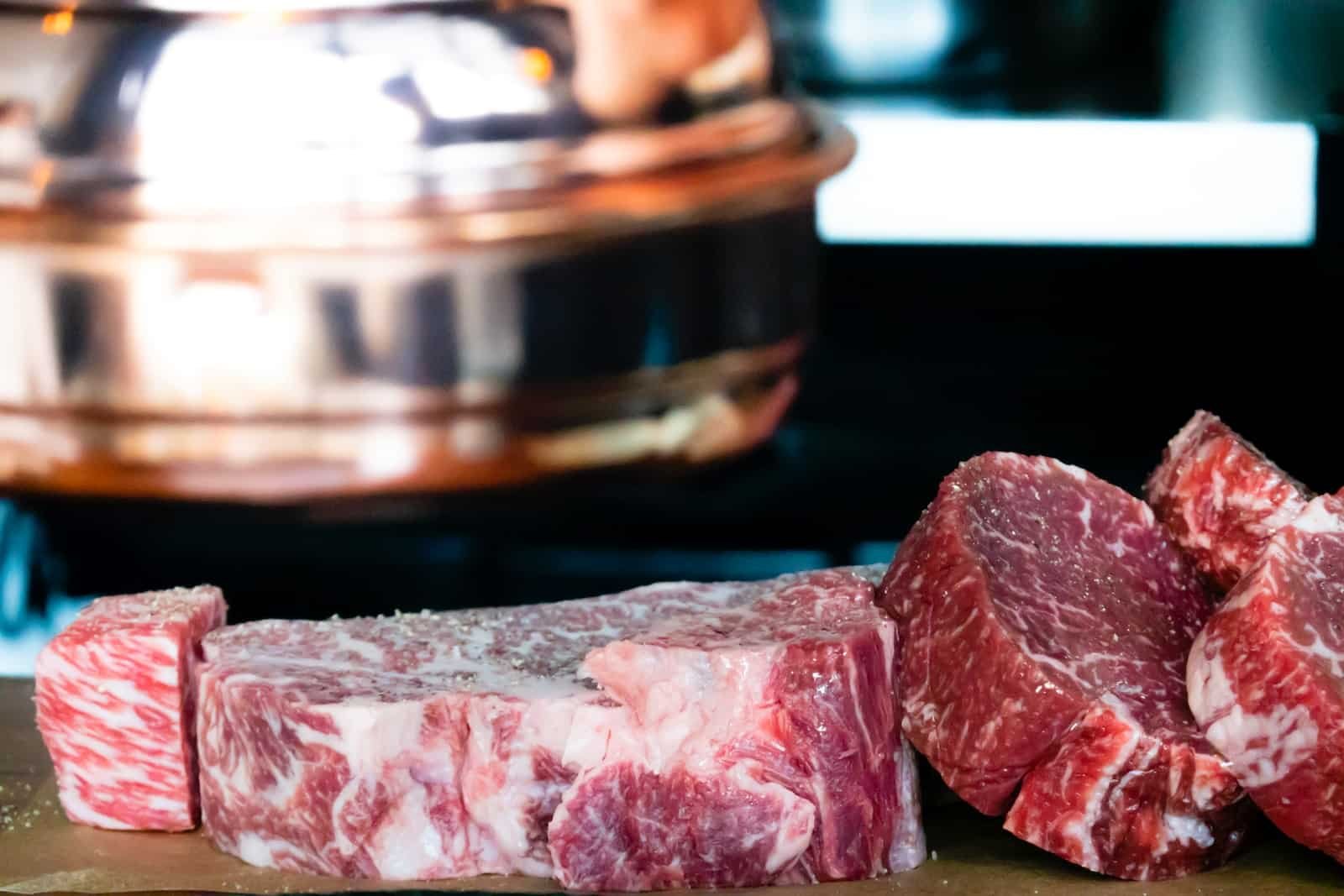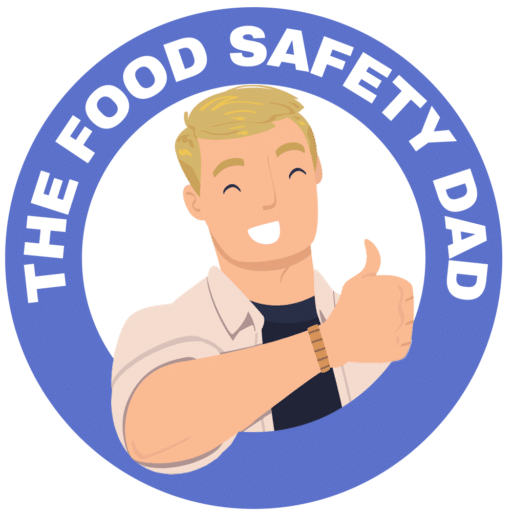Lamb is a flavorful and lean meat that can take your dinner from drab to fab. However, safely defrosting those frozen lamb chops or leg of lamb is an important first step. Mishandling frozen lamb during the thawing process can introduce bacteria leading to foodborne illness.
As your resident Defrosting Dad, let me guide you through the proper techniques to defrost lamb without compromising food safety. Planning ahead and using the right method at the right temperature prevents pathogenic microbes like E. coli from multiplying to dangerous levels. Follow these best practices for defrosting lamb so your family can enjoy delicious meals while avoiding unnecessary risks.
Freezing meat to 0°F stops most bacteria from growing, but does not kill them. As frozen lamb begins to defrost and temperatures rise to the “danger zone” between 40-140°F, any pathogens present can rapidly multiply.
According to the U.S. Department of Agriculture (USDA), improper thawing is a main factor in foodborne illness from meat. Bacteria in meat juices can spread in the kitchen and contaminate surfaces, hands, and tools. Sticking to proper defrosting guidelines reduces this risk.
To safely defrost lamb, you’ll need to factor in enough time based on the size and cut of the meat. Here are some general guidelines:
The thicker the cut of lamb, the more time it needs to fully defrost throughout while inhibiting bacteria growth. Planning ahead is key!
Now let’s review safe techniques for defrosting lamb, from the gold standard method to acceptable faster options.
Gradual thawing in the 40°F refrigerator is foolproof. The cold temperature prevents bacteria growth while allowing lamb to slowly defrost over time.
The cold water helps accelerate defrosting compared to the fridge method. But monitor closely to prevent bacteria growth on the exterior.
Microwaves provide rapid thawing, but tend to defrost the outer areas first. Use for small cuts only and rotate lamb frequently for even results. Cook it immediately after thawing.
Never defrost lamb:
These methods allow lamb to linger too long in the 40-140°F “danger zone” where bacteria multiply rapidly. Always keep lamb safely chilled below 40°F during defrosting.
Once lamb is defrosted, follow strict hygiene and cooking practices:
Proper handling, cooking, and storage after defrosting are just as crucial as using a safe thawing method. By following sound food safety practices, you can keep pathogens at bay and enjoy delicious lamb dishes. Let me know if you have any other frozen food questions!


